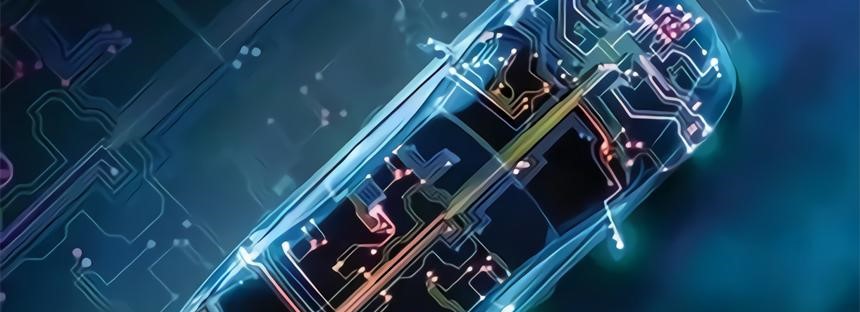Copyright © 2019-2020 ShenZhen Victory Electronic Technology Co., Ltd. 粤ICP备20070179号-1All rights reserved.Site Map Powered by iwonder.cn

Automotive electronic products are import market for PCB. For automotive printed circuit boards, reliability is of the utmost importance. They need to survive extreme environmental conditions and vibrations without any setbacks in performance. Automotive PCBs must meet strict thermal cycle tests, thermal shock tests, and temperature and humidity tests before they are considered. The circuit board must suppress conductive anode filament (CAF) defects in the dielectric. CAF can cause a short circuit between the copper clad laminate (CCL) and the conductive traces.
In addition, it is expected that the circuit board will be fully operational in the long term. Heat resistance and service life make automotive printed circuit boards completely different from other printed circuit boards. PCB manufacturers must comply with the ISO/TS 16949 standard, which is based on the ISO 9001 automotive standard. VictoryPCB is a professional manufacturer of automotive circuit boards in China who own ISO/TS 16949 certificate. Its products include: car navigation circuit boards, car instrument circuit boards, car charger circuit boards, and new energy car circuit boards.
Printed circuit boards has many applications in countless sectors ranging from healthcare to electronics, but their impart is perhaps the most evident in the automotive industry. So what are these special types of PCBs made up of? Let's have a look.
The LED boards made of aluminum substrate since they require heat dissipation. They can be found in car indicators, headlights, and brake lights.
Automotive applications, in particular, carry a number of advantages, not only in the usual arena of reliability but even more so for the weight savings that a flex PCB offers compared with a standard PCB and wiring harness. Flex PCBs greatly reduce the labor involved in manufacturing a traditional automotive wiring harness. And the inherent resistance of flex PCBs to vibration makes them ideal for the harsh environment inside a motor vehicle.
The Automotive printed circuit boards employ thicker copper (Cu) in the outer and inner layers of the boards. These heavy copper boards are preferred over the regular ones since they can withstand high temperature, high frequency, and high current variations. The regular boards display a copper thickness of around 25µm to 50µm. Whereas, the heavy copper PCBs will be 150µm to 200µm thick. These boards are implemented in safety and signaling systems.
ECL/ECU control module
Anti-lock braking system
Digital display
Power relay
Dashboard
Sensor
Radar
Audio system
DC/AC power converter
Engine timing system
Electronic mirror control
Battery control system
airbag
LED lighting system
Turn to
Engine control system
Air Conditioning System
ABS
By continuing to use the site you agree to our privacy policy Terms and Conditions.
Recruit global agents and distributors Join us